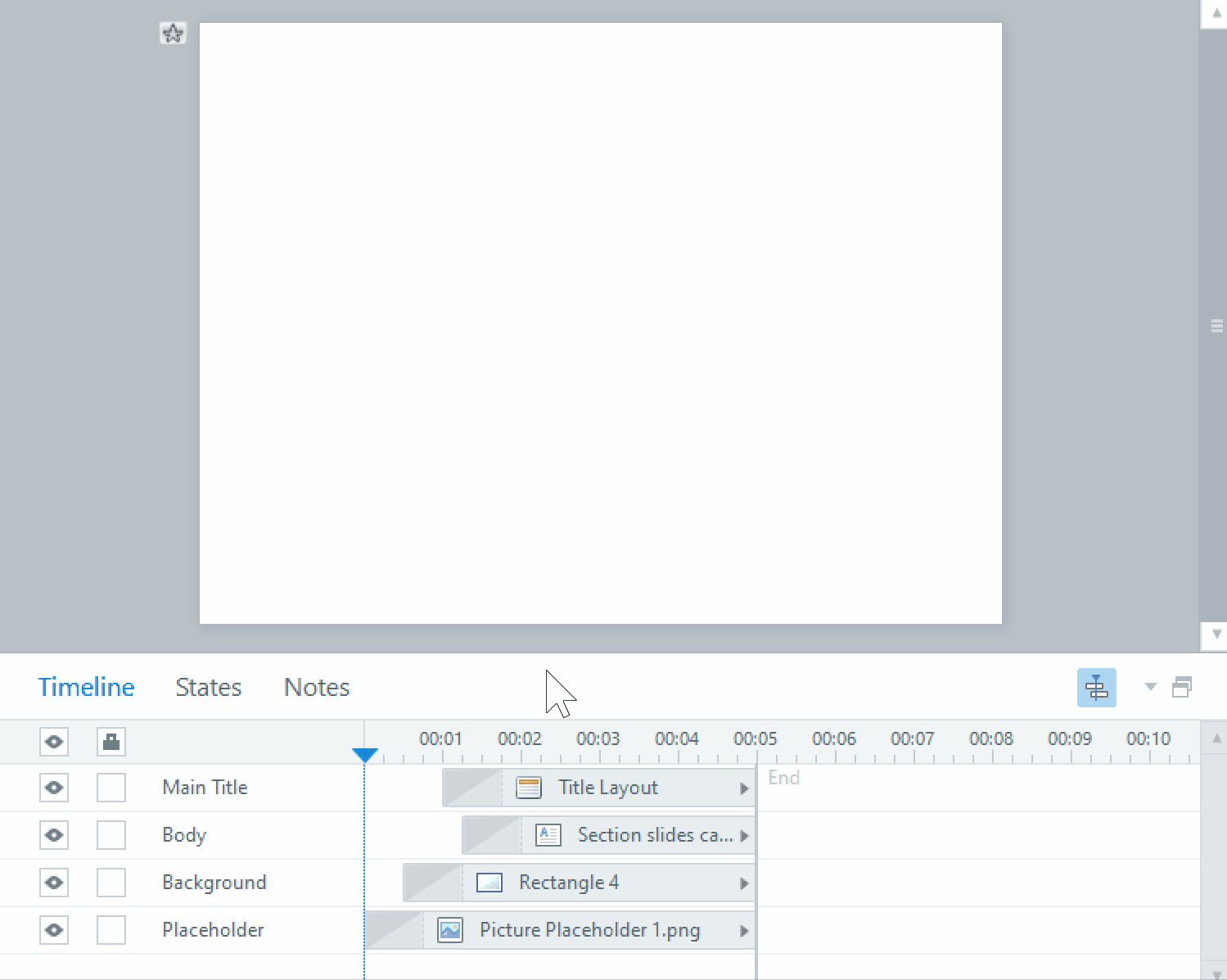How to use images in eLearning
When developing eLearning, images are one of the key pieces of media that you can use to teach your learners about a specific topic or subject area. Having the right images can help increase interactivity and engagement in your training and improve the overall learner experience.
Below are some of the things to consider when deciding on images for your eLearning course.
1. Consistency
Consistency is important when it comes to images for your eLearning or digital training. When deciding on what images to use in your course you first need to consider the type, do you want realistic photo images? do you want computer generated images? or do you want to use cartoon style images? When deciding on this there is no correct answer, one of the key things to keep in mind though is to use a consistent style of image once you have chosen. Keeping to one style of image can help to make the course consistent, it can help learners become familiar with the course style and gives the course a certain look.
2. Quality
Image quality is another important factor when deciding on what images you want to use in your course. Even if the content on your page is interesting and informative, poor-quality images can distract learners from your learning content. This is because images act as one of the main things learners look at when viewing learning content. Therefore, when deciding on images it is important you use high quality images, when downloading the images check to see how they look when stretched to a larger size as often images will not fit on the page exactly as they are.
3. Suitable
Another thing to consider when deciding on images is its suitability for the page and the course. This is something that needs to be decided on a case by case basis but the main thing to consider is does the image reinforce what I am trying to teach. If the answer is yes and the image is relevant to the learning content on screen this can help learners understand a topic. However, if the image is not relevant to the on-screen content this can be a distraction for learners and can cause confusion in what you are trying to teach.
















